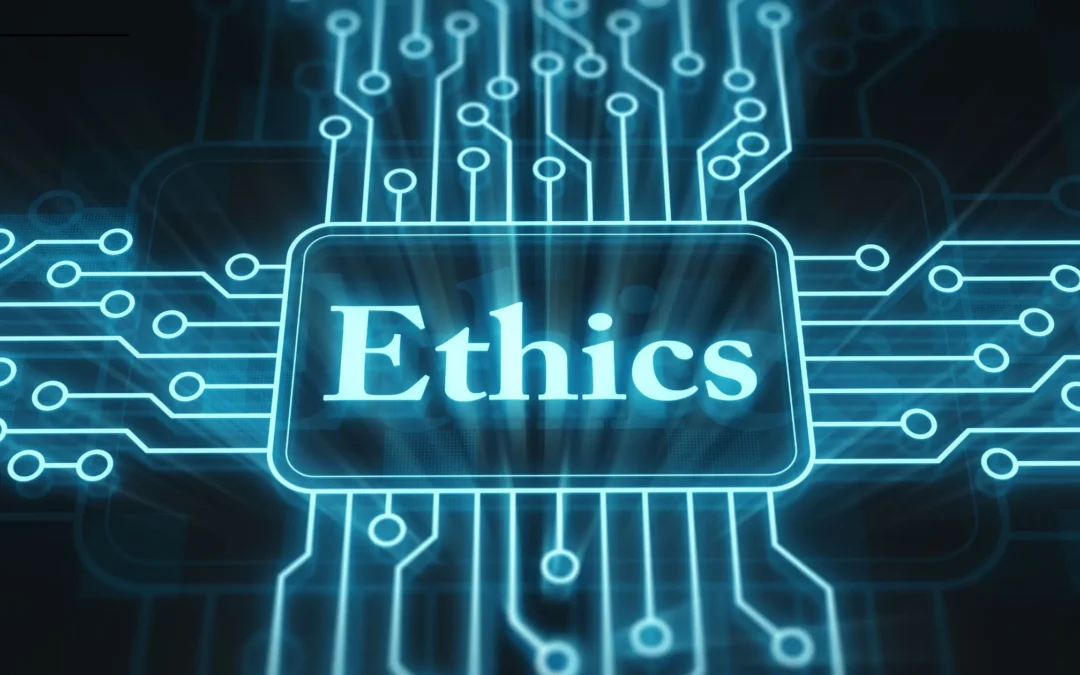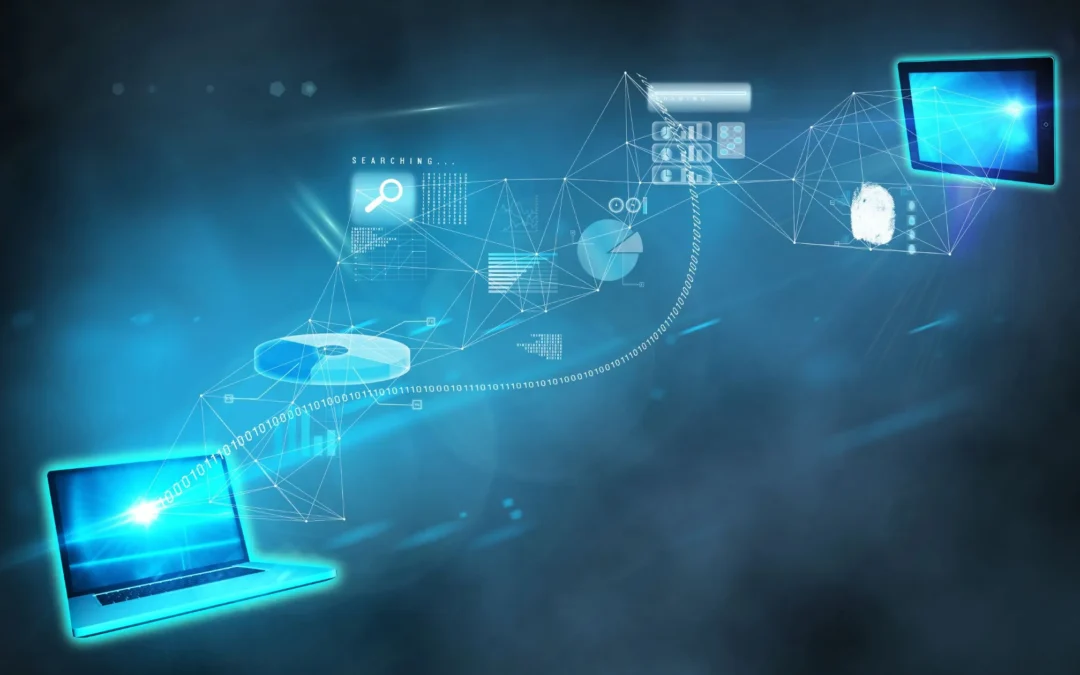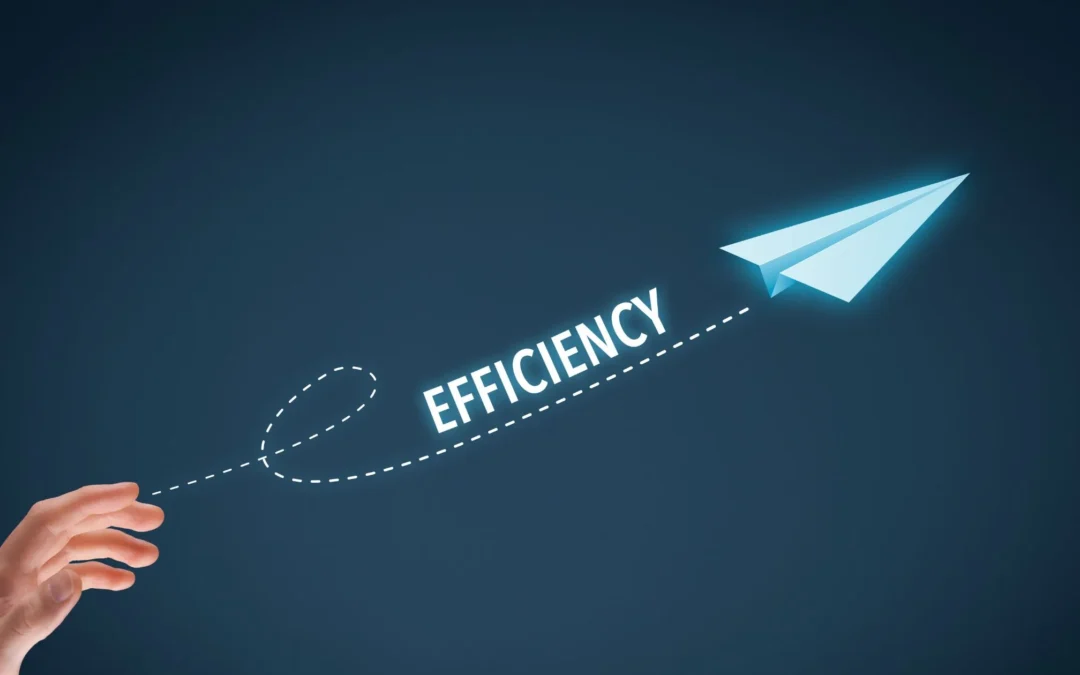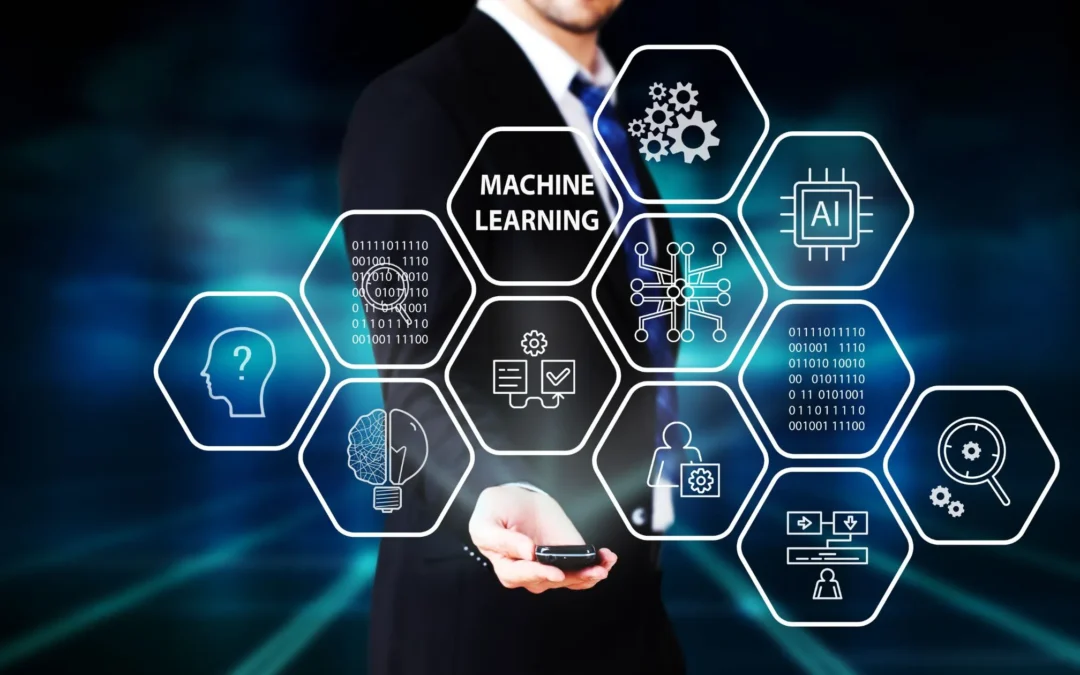Isteer Blog
Your one-stop for the latest blogs
HOME | INSIGHTS | BLOGS
The Future of Enterprise IT: Emerging Trends to Watch in 2024-2025
July 19, 2024

Do you remember the time when we had to rewire the tape in our cassettes? From then to today, where we have music streaming applications like Spotify, we have come a long way technologically. The landscape of enterprise IT is also rapidly evolving, driven by technological advancements that promise to reshape how businesses operate and compete. As we look ahead to 2024 and 2025, several key trends are set to define the future of enterprise IT, offering both opportunities for growth and challenges that organizations must navigate effectively.

Artificial intelligence and machine learning
Artificial intelligence (AI) and machine learning (ML) continue to revolutionize enterprise operations by automating tasks, analyzing data at scale, and predicting market trends with unprecedented accuracy. These technologies are not only enhancing operational efficiency but also transforming customer experiences through personalized interactions and proactive support systems.
AI-powered chatbots and virtual assistants are becoming integral to providing instant customer support and tailored recommendations. Moreover, machine learning algorithms are enabling businesses to extract valuable insights from data, driving informed decision-making and strategic planning. As AI and ML capabilities mature, their integration into enterprise workflows will become increasingly seamless, paving the way for enhanced productivity and innovation.
Edge Computing
Edge computing is emerging as a critical component of enterprise IT strategies, particularly in industries reliant on real-time data processing and low-latency applications. Unlike traditional cloud computing, which centralizes data processing in remote data centers, edge computing decentralizes it to devices closer to the data source. This approach reduces latency, improves data security, and enables faster decision-making at the network edge.
For enterprises leveraging IoT devices and sensors, edge computing offers significant advantages. It supports real-time analytics, enhances operational efficiency, and enables autonomous decision-making capabilities in environments where immediate action is crucial. As the volume of IoT-generated data continues to grow, so too will the adoption of edge computing solutions to harness its full potential.


Edge Computing
Edge computing is emerging as a critical component of enterprise IT strategies, particularly in industries reliant on real-time data processing and low-latency applications. Unlike traditional cloud computing, which centralizes data processing in remote data centers, edge computing decentralizes it to devices closer to the data source. This approach reduces latency, improves data security, and enables faster decision-making at the network edge.
For enterprises leveraging IoT devices and sensors, edge computing offers significant advantages. It supports real-time analytics, enhances operational efficiency, and enables autonomous decision-making capabilities in environments where immediate action is crucial. As the volume of IoT-generated data continues to grow, so too will the adoption of edge computing solutions to harness its full potential.

Cybersecurity
In an increasingly digital landscape, cybersecurity remains a top priority for enterprises aiming to safeguard sensitive data and maintain business continuity. The evolution of cyber threats necessitates robust cybersecurity measures, including zero-trust architecture, AI-driven threat detection, and enhanced data encryption protocols.
Zero trust architecture assumes that threats could originate from both inside and outside the network, mandating strict identity verification and continuous monitoring of user and device behavior. AI and ML technologies play a pivotal role in identifying and mitigating cyber threats in real-time, strengthening defenses against advanced attacks. As cyber threats evolve, enterprises must continually adapt their cybersecurity strategies to mitigate risks effectively and protect their digital assets.
Hybrid work environments
The shift towards hybrid work models, accelerated by the COVID-19 pandemic, is set to redefine how enterprises structure their IT infrastructure and support remote collaboration. Hybrid work environments combine remote and on-site workspaces, offering employees flexibility while ensuring operational continuity and productivity.
To facilitate seamless remote work experiences, enterprises are leveraging cloud-based collaboration tools, secure VPNs, and virtual desktop infrastructure (VDI). These technologies enable employees to access corporate resources securely from any location, fostering collaboration and maintaining productivity levels. However, supporting hybrid work environments also presents challenges related to data security, regulatory compliance, and IT support for remote employees.


Hybrid work environments
The shift towards hybrid work models, accelerated by the COVID-19 pandemic, is set to redefine how enterprises structure their IT infrastructure and support remote collaboration. Hybrid work environments combine remote and on-site workspaces, offering employees flexibility while ensuring operational continuity and productivity.
To facilitate seamless remote work experiences, enterprises are leveraging cloud-based collaboration tools, secure VPNs, and virtual desktop infrastructure (VDI). These technologies enable employees to access corporate resources securely from any location, fostering collaboration and maintaining productivity levels. However, supporting hybrid work environments also presents challenges related to data security, regulatory compliance, and IT support for remote employees.

Cloud-Based Solutions
Cloud computing continues to be a cornerstone of enterprise IT strategies, offering scalability, flexibility, and cost-efficiency for businesses of all sizes. The adoption of cloud-based solutions enables enterprises to optimize resource utilization, streamline operations, and accelerate digital transformation initiatives.
Cloud platforms provide a foundation for deploying AI and ML applications, supporting data-driven decision-making, and enhancing customer engagement through personalized services. Moreover, cloud infrastructure facilitates rapid scalability and resilience, enabling enterprises to adapt to fluctuating market demands and scale their IT resources dynamically. As businesses increasingly embrace cloud-based solutions, the focus will be on optimizing workload management, enhancing data security measures, and ensuring regulatory compliance across cloud environments.
Integration of the Internet of Things (IoT)
The integration of Internet of Things (IoT) devices into enterprise IT ecosystems is poised to expand, enabling organizations to gather real-time data and automate operational processes. IoT technology enhances asset management, predictive maintenance, and supply chain logistics by enabling seamless connectivity and data exchange between devices.
In industries such as manufacturing, healthcare, and logistics, IoT sensors and devices monitor equipment performance, track inventory levels, and optimize resource allocation in real time. This real-time visibility enables proactive decision-making, reduces operational costs, and enhances overall efficiency. However, the proliferation of IoT devices also introduces cybersecurity risks, necessitating robust security protocols and monitoring mechanisms to protect sensitive data and mitigate potential threats.


Integration of the Internet of Things (IoT)
The integration of Internet of Things (IoT) devices into enterprise IT ecosystems is poised to expand, enabling organizations to gather real-time data and automate operational processes. IoT technology enhances asset management, predictive maintenance, and supply chain logistics by enabling seamless connectivity and data exchange between devices.
In industries such as manufacturing, healthcare, and logistics, IoT sensors and devices monitor equipment performance, track inventory levels, and optimize resource allocation in real time. This real-time visibility enables proactive decision-making, reduces operational costs, and enhances overall efficiency. However, the proliferation of IoT devices also introduces cybersecurity risks, necessitating robust security protocols and monitoring mechanisms to protect sensitive data and mitigate potential threats.
The importance of agility and innovation
Adapting to these trends requires a proactive approach, emphasizing agility and innovation. Enterprises must be willing to invest in new technologies, upskill their workforce, and continuously evaluate their IT strategies to stay ahead of the curve. By fostering a culture of innovation and being responsive to changes in the IT landscape, businesses can maintain a competitive edge and drive long-term success.
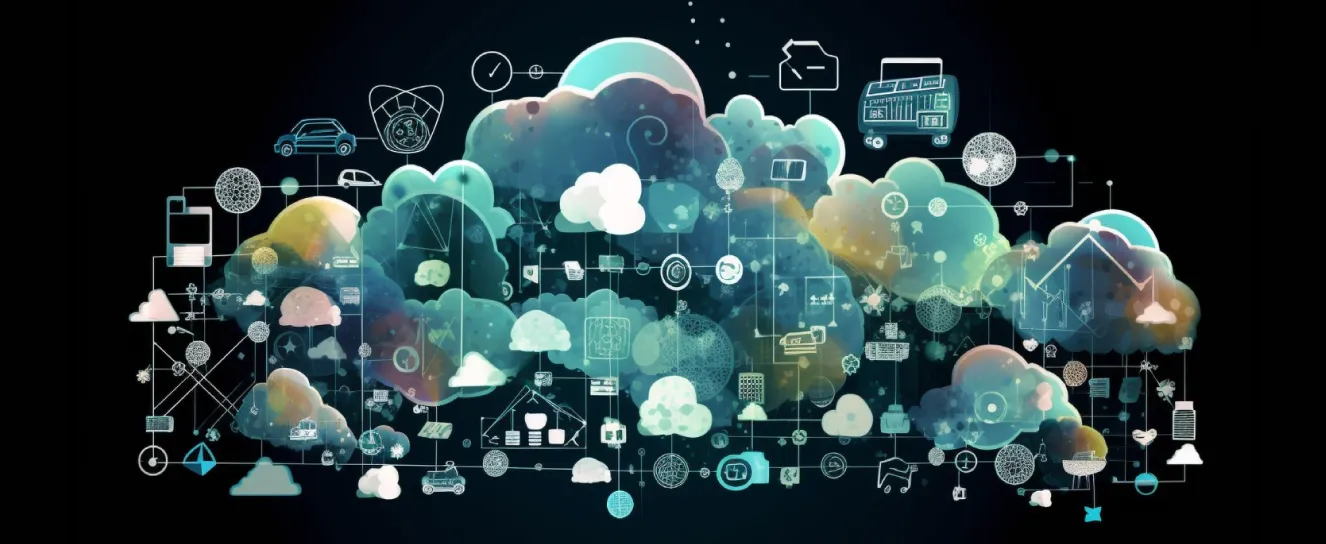
How iSteer can help
iSteer is committed to helping enterprises navigate the complexities of the evolving IT landscape. With a comprehensive suite of IT solutions and services, iSteer empowers businesses to harness the power of emerging technologies. From AI and ML integration to edge computing solutions, cybersecurity enhancements, and support for hybrid work environments, iSteer provides the expertise and tools needed to thrive in the future of enterprise IT.
In 2024 and 2025, enterprise IT will be driven by transformative technologies like AI, edge computing, cybersecurity, hybrid work environments, cloud solutions, and IoT integration. These trends offer opportunities for innovation and operational efficiency in a digital economy. To succeed, businesses should prioritize agility, innovation, and strategic technology investments. Embracing these technologies, enhancing cybersecurity, and supporting flexible work models will position enterprises for growth and competitive advantage in the evolving IT landscape.
As we embark on the next phase of digital transformation, staying ahead of these trends will be crucial for enterprises aiming to capitalize on new opportunities and overcome challenges in a rapidly evolving marketplace.
To know more about data analytics, visit our website www.isteer.com or write to us at: sales@isteer.com

